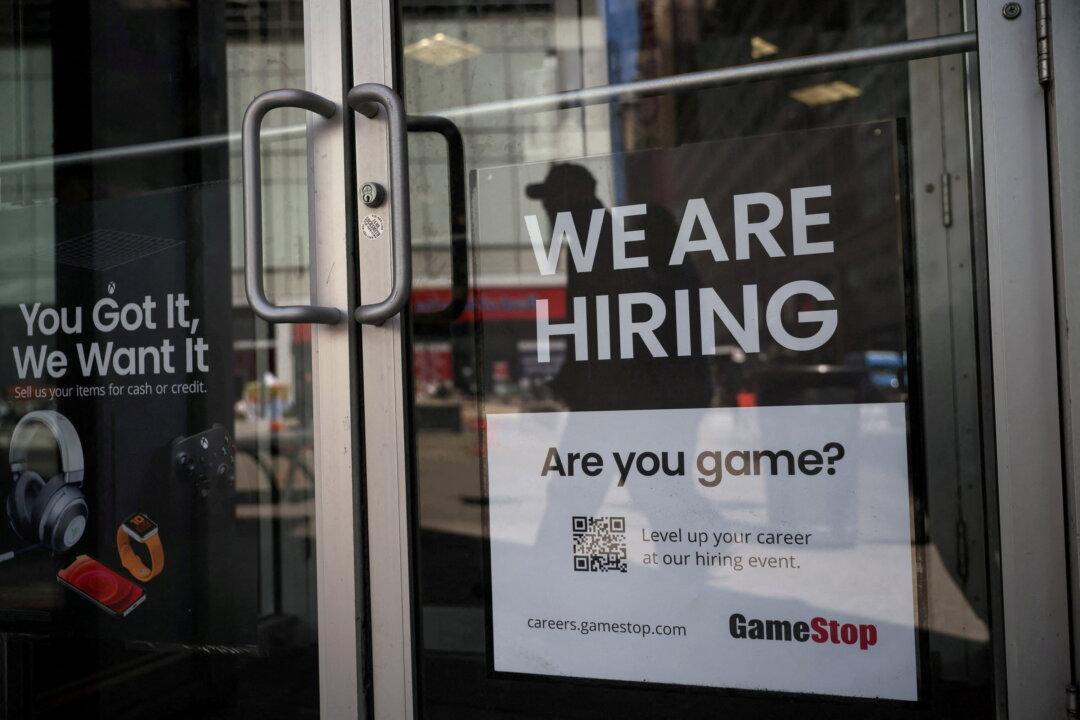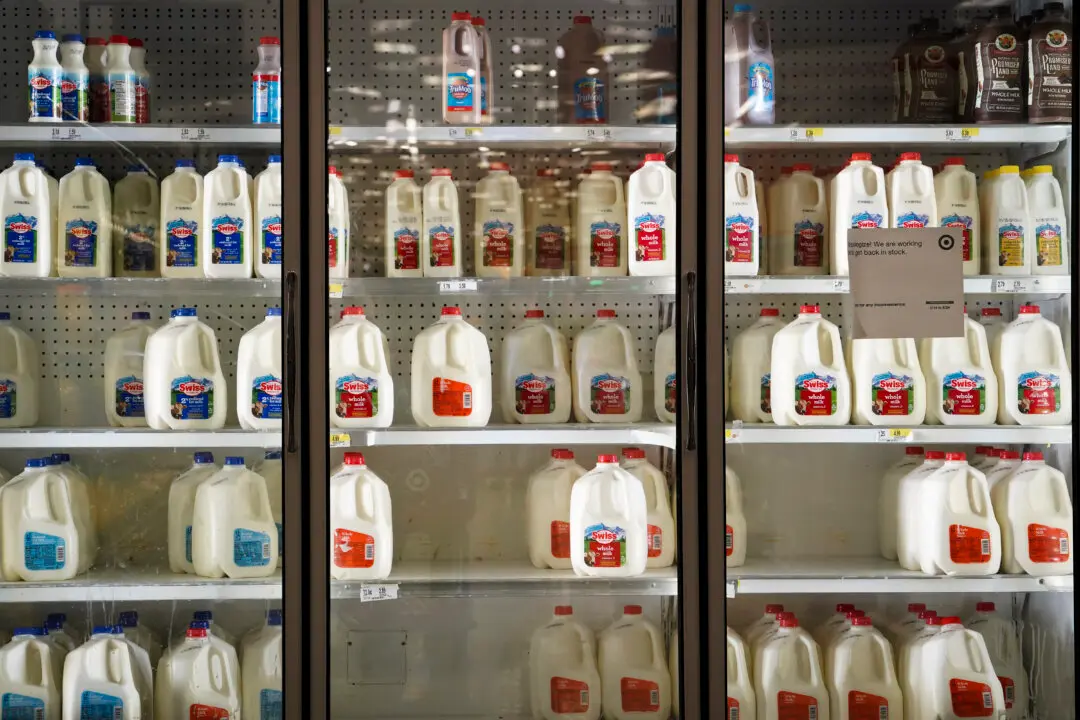Private sector employment grew in the United States at a slower pace than expected in November, according to the recent ADP National Employment Report.
In total, the private sector added 127,000 jobs this month, up 7.6 percent year over year, according to an ADP press release on Nov. 30. This is the smallest job creation number since January 2021. It is also well below the median forecast of a Bloomberg survey of economists, which predicted job addition to the tune of 200,000. Service-providing industries added 213,000 jobs, while goods-producing industries saw a decline of 86,000 jobs.





